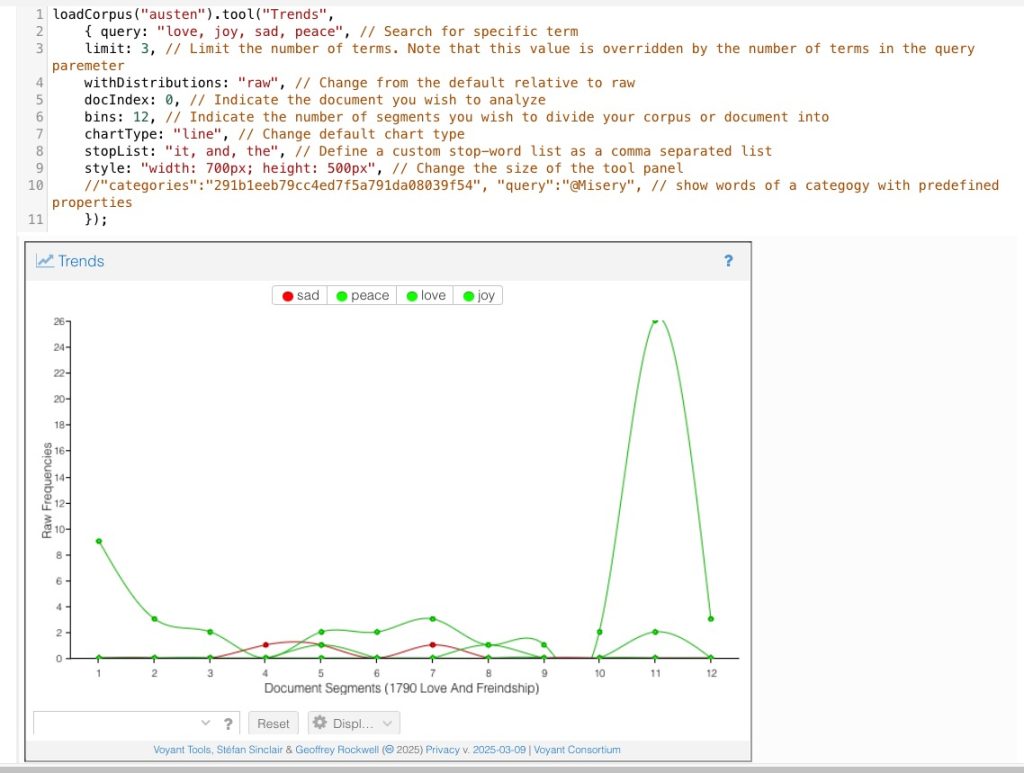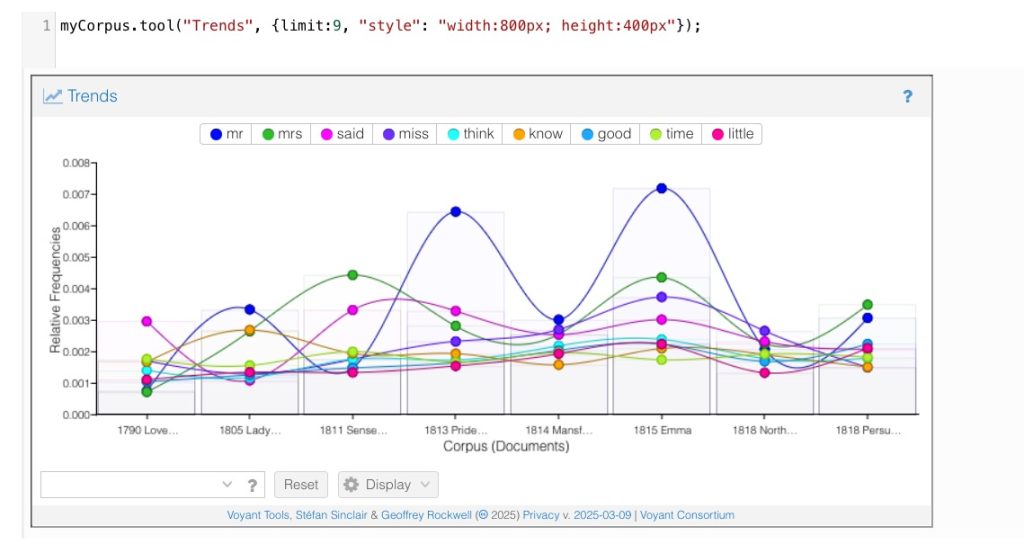Introduction
As digital humanities continue to evolve, scholars are increasingly required to engage with computational methods to enhance their research. JavaScript, a versatile programming language, offers a gateway into coding for humanists without prior technical experience. Through Spyral, a digital humanities tool designed to simplify the transition into coding, scholars can explore JavaScript in a practical, research-driven environment. This article explores how digital humanists can learn JavaScript using Spyral, bridging the gap between traditional humanities research and computational analysis and provided some practical scripts for practice.
Why JavaScript for Digital Humanists?
JavaScript is widely used for web-based applications, making it an excellent language for digital humanists who wish to develop interactive research tools, analyze textual data, and create engaging visualizations. Key benefits of JavaScript include:
Ease of Use: Beginner-friendly syntax that allows for gradual learning.
Web Integration: Ability to create dynamic and interactive web-based DH projects.
Visualization Capabilities: Libraries like D3.js help scholars develop compelling data visualizations.
Broad Community Support: Extensive online resources and active communities offer support for learners.
Introduction to Spyral
Spyral is an interactive notebook environment tailored for digital humanities research. It provides:
A simple interface for writing and executing JavaScript code.
Pre-built functions designed for textual analysis and visualization.
Integration with digital humanities datasets, allowing scholars to manipulate data without extensive coding experience.
How Digital Humanists Can Learn JavaScript with Spyral
1. Understanding Basic JavaScript Concepts
Before diving into DH applications, scholars should grasp fundamental JavaScript concepts such as:
-
Variables and Data Types
-
Functions and Loops
-
Conditional Statements
-
Arrays and Objects
2. Exploring Text Analysis with JavaScript
Spyral enables digital humanists to use JavaScript for textual analysis tasks, including:
-
Word Frequency Analysis: Identifying and visualizing the most common words in a text corpus.
-
Tokenization and Parsing: Breaking down texts into individual words or phrases for deeper linguistic insights.
-
Named Entity Recognition (NER): Extracting key entities such as names, dates, and locations from historical texts.
3. Creating Data Visualizations with JavaScript
JavaScript libraries like D3.js and Chart.js allow humanists to represent textual data visually. Scholars can use Spyral to:
Generate word clouds from literary texts.
Create interactive timelines of historical events.
Develop network graphs to map relationships between different texts.



